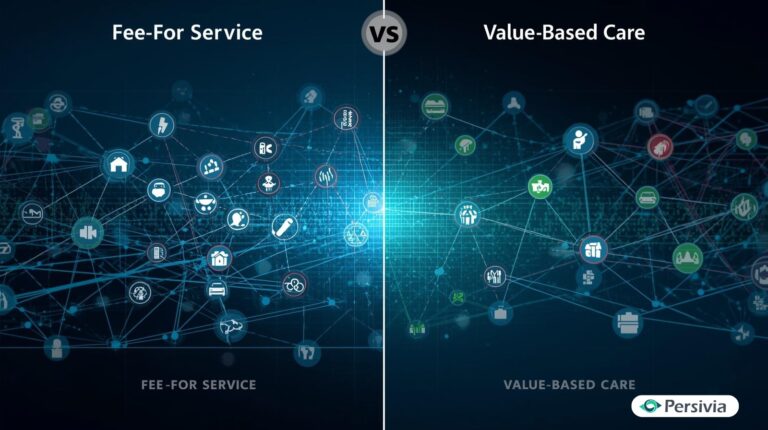Sales Intelligence, Explained Like You’re Busy: A Field Guide for Small Teams
You’ve got leads. You’ve got a CRM.
But somehow, you’re still chasing the wrong people, emailing dead inboxes, or realizing after a call that you’ve been pitching to someone with zero buying power.
Sound familiar?
It’s not that you don’t have data. It’s that you don’t have the right kind of data.
Every small team reaches that moment when spreadsheets, LinkedIn searches, and guesswork just stop scaling. That’s the moment sales intelligence quietly moves from “nice-to-have” to “can’t-work-without.”
Sales intelligence isn’t about spying or scraping. It’s about making your data work smarter. Enrich what you already have with insights about who’s who inside a company, who’s ready to buy, and how to reach them at the right moment.
In this guide, we’ll unpack what sales intelligence really means, why small teams need it even more than large enterprises, and how to put it to work without adding extra headcount.
What Exactly Is Sales Intelligence?
Sales intelligence is one of those terms that sounds more complicated than it is. In simple terms, it’s the process of turning raw business data into useful insights that help you sell smarter.
Sales intelligence tools gather and organize key information like:
- Firmographics: company size, industry, location, revenue.
- Technographics: the tools or platforms a business already uses.
- Intent data: signals that show buying interest (like product searches or content engagement).
- Org charts: the hierarchy that helps you find decision-makers faster.
When these data points come together, you get a clearer picture of who to reach out to, how to approach them, and when they’re most likely to respond.
Platforms like ZoomInfo explained make this process accessible to even small teams, enriching your CRM with verified, up-to-date contact and company data. Instead of spending hours researching a prospect, you can instantly see who they are, where they fit in the organization, and what challenges they might be facing.
Why Small Teams Need It Even More Than Enterprises
Big companies can afford inefficiency. They have teams of SDRs, dedicated data analysts, and layers of marketing support to cover up gaps in process or data quality.
Small teams? Not so much. Every minute and every lead matters.
That’s why sales intelligence is a competitive equalizer. It helps small teams punch above their weight by removing the guesswork that slows down outreach. Instead of burning hours searching LinkedIn or cleaning spreadsheets, you get instant clarity on who your real prospects are and what they care about.
For a three-person sales team, this can mean the difference between chasing 100 random leads or focusing on 10 high-intent accounts that actually convert. It helps your reps understand buying committees, track decision-making roles, and time their follow-ups around real signals instead of hunches.
With clear, accurate, and enriched data in your CRM, even the smallest team can act with the precision of a full-scale enterprise.
The Core Components of Sales Intelligence (and How They Work Together)
Sales intelligence isn’t a single tool, it’s a network of connected insights.
Think of it like a high-resolution map: each layer adds depth and clarity until you can finally see the whole terrain.
Together, these components turn raw data into a synchronized system: find the right people, know their intent, reach them efficiently, and measure your results in real time.
Let’s break down the key components that make it work.
1. Data Enrichment
Your CRM is only as good as the information inside it. Enrichment ensures that your contact and company records are always current, complete, and verified.
It fills in missing details like job titles, company size, location, and even email accuracy so your outreach doesn’t bounce or fall flat.
Instead of wasting time cleaning data, your reps can focus on using it.
2. Intent Data
Intent data captures signals that reveal when a company might be in-market for your product or service.
Maybe they’re searching for “sales automation software,” or maybe their team is reading articles about “lead scoring.”
Sales intelligence platforms aggregate these breadcrumbs so you can prioritize leads that are actively exploring solutions, not just names on a list.
3. Org Charts & Hierarchies
Reaching the wrong contact can sink your deal before it starts.
By mapping the company hierarchy, sales intelligence helps you understand who influences buying decisions, how departments connect, and where real authority lies.
This is where hierarchy data directly improves sales operations, shortening your sales cycle and reducing back-and-forth with gatekeepers.
4. Integrations & Automation
The best intelligence is actionable. That’s why integrations with CRMs, outreach tools, and marketing platforms matter.
When data enrichment and intent signals flow directly into your daily tools, you can automate repetitive work, from contact scoring to personalized email sequences, and focus on what actually drives revenue.
3 Ways to Operationalize Sales Intelligence Without Extra Headcount
Sales intelligence isn’t just about buying access to better data. Itt’s about knowing how to use it.
Small teams often assume they need more people to scale outreach, but what they really need is smarter systems.
Here’s how you can put sales intelligence to work without hiring anyone new.
1. Automate Data Enrichment
Your reps shouldn’t be wasting hours fixing contact records. Use integrations or tools that automatically update your CRM with verified company and contact data.
That means no more manual updates or chasing down bounced emails. The system keeps itself clean while your team focuses on selling.
2. Filter for Fit and Intent
Not every prospect deserves your time.
Sales intelligence lets you build dynamic filters based on criteria like company size, tech stack, or recent buying signals. This helps you identify who’s ready now instead of cold-pitching everyone.
Think of it as trading shotgun marketing for sniper precision.
3. Personalize at Scale
With the right data feeding your CRM, personalization becomes easy and automatic. Set up templates that pull in data fields like role, industry, or recent company changes.
Your outreach instantly feels more relevant, without your team spending extra hours rewriting every message.
From Blind Outreach to Smart Selling
For small sales teams, chaos often looks like productivity. constant calls, endless spreadsheets, and non-stop hustle. But motion isn’t progress.
The real differentiator today isn’t how hard you work but it’s how clearly you see.
That’s what sales intelligence delivers: clarity. No more chasing ghosts or sending the same email to a hundred names hoping one sticks.
It connects the dots between people, intent, and timing so you can act with precision instead of guesswork.






